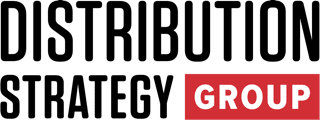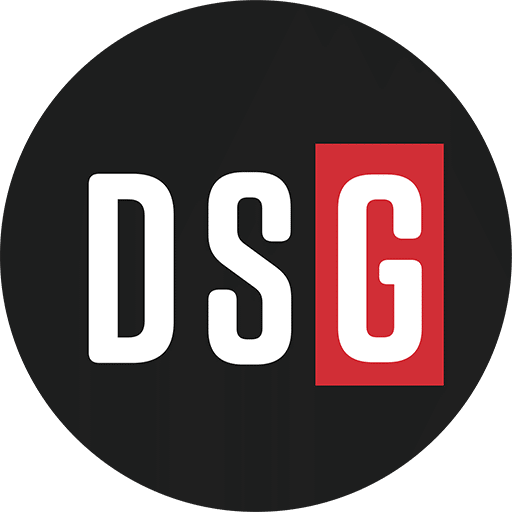On July 8, Daimler Truck Holding AG unveiled a sweeping new strategy at its Freightliner plant in Cleveland, North Carolina, aimed at reshaping its global operations by 2030. For distributors across the trucking supply chain, the company’s “Stronger 2030” initiative signals both fresh opportunities and significant disruption.
The plan outlines aggressive targets, including a boost in adjusted return on sales for its industrial business to more than 12% by 2030—up from the current 9–13% range. Daimler Truck also aims to increase free cash flow in its industrial operations by 50% over 2024 levels and cut over €1 billion (approximately $1.08 billion) in costs across its European operations.
“By consistently executing our new strategic priorities, we will deliver a step-change in financial performance,” said Eva Scherer, chief financial officer of Daimler Truck. “The combination of resilient growth, disciplined capital allocation, and improved profitability will significantly elevate our strong cash generation.”
Parts and Service: A Growing Revenue Engine
A principal component of the strategy is the expansion of Daimler’s parts and service business, which generated €8 billion ($8.65 billion) in revenue in 2024. The company sees this segment as critical to improving margins and deepening customer relationships, especially in mature markets.
“We want to deliver the products and services that make our customers more successful,” said Achim Puchert, head of Mercedes-Benz Trucks and BharatBenz. “We will grow in areas with major potential, such as zero-emission trucking in Europe, the defense sector, as well as our parts and services business.”
This presents a clear growth path for aftermarket distributors and service networks, especially those aligned with Daimler Truck North America (DTNA).
North America: Leading the Way with Vocational Growth
DTNA has already exceeded its 2025 financial goals, reporting a 12.9% adjusted return on sales in 2024. The division also holds a 24% share of the U.S. heavy vocational truck market, a sector that includes construction, waste management, and utility vehicles. These types of vehicles generate more consistent service needs and aftermarket parts sales, offering distributors a reliable revenue stream.
“The combination of the vocational market’s lower cyclicality and the growth of our service business will further enhance our resilience, long-term growth, and overall profitability,” said John O’Leary, president and CEO of DTNA.
With the expected rise in demand for uptime services, diagnostics, and parts delivery, DTNA’s strategy could significantly benefit U.S.-based parts distributors and repair networks.
Europe: Cost Cuts and Production Realignment
Daimler Truck’s “Cost Down Europe” program will eliminate more than €1 billion ($1.08 billion) in expenses by 2030. The plan includes workforce reductions, streamlining processes, and relocating some production to lower-cost countries.
A company statement confirmed that Mercedes-Benz Trucks will reduce headcount in Germany through attrition, early retirements, and severance agreements. The move comes after negotiations with the company’s Works Council.
This reorganization may alter procurement strategies, supplier locations, and contract terms, posing challenges for European parts suppliers and manufacturing partners.
Zero-Emission Tech: Adjusted Expectations
Daimler Truck also addressed the slower-than-expected adoption of zero-emission vehicles (ZEVs) in North America. As a result, the company is scaling back investments in ZEV powertrains in the region, though it remains committed to long-term decarbonization goals.
In Europe, the company has delayed its hydrogen fuel cell development timeline to the early 2030s due to lagging infrastructure readiness.
Meanwhile, Daimler and Volvo Group have launched a joint venture called Coretura, aimed at developing a software-defined, modular vehicle platform to enhance operational efficiency and reduce costs through centralized software updates.
“Our flexible, modular technology strategy enables Daimler Truck to transform at the speed of right,” said Andreas Gorbach, head of truck technology. “This accounts for both diesel and zero-emission propulsion systems as well as for software and electronics in the truck.”
For technology vendors in sensors, telematics, and control systems, the shift toward software-defined vehicles demands strategic alignment with Daimler’s new platform—or risk being sidelined.
Capital Allocation and Shareholder Returns
In addition to its operational overhaul, Daimler Truck announced a new €2 billion ($2.16 billion) share buyback program set to begin in the second half of 2025. The company reaffirmed its dividend payout policy of distributing 40–60% of net profit to shareholders.
These actions indicate that Daimler plans to fund its transformation through internal efficiencies while maintaining investor returns.
What It Means for Distributors
Daimler Truck’s “Stronger 2030” strategy sets a new tone for how the company will engage with its supply chain partners:
- U.S. aftermarket distributors stand to benefit from increased investment in vocational vehicles and uptime service programs.
- European parts suppliers may face pricing pressure and revised terms such as Daimler streamline operations and shifts to the best-cost production zones.
- Technology vendors will need to integrate with Daimler’s Coretura platform and adopt its software-first approach to remain viable suppliers.
- Defense and emerging-market distributors—particularly in India and Latin America—could see stronger demand as Daimler targets high-margin growth segments.
“We have the strategy in place, and we are establishing the performance culture to achieve this ambition,” said Karin Rådström, CEO of Daimler Truck. “When we do it right, it brings us to a profitability of more than 12% return on sales by 2030.”
Don’t miss any content from Distribution Strategy Group. Join our list.


